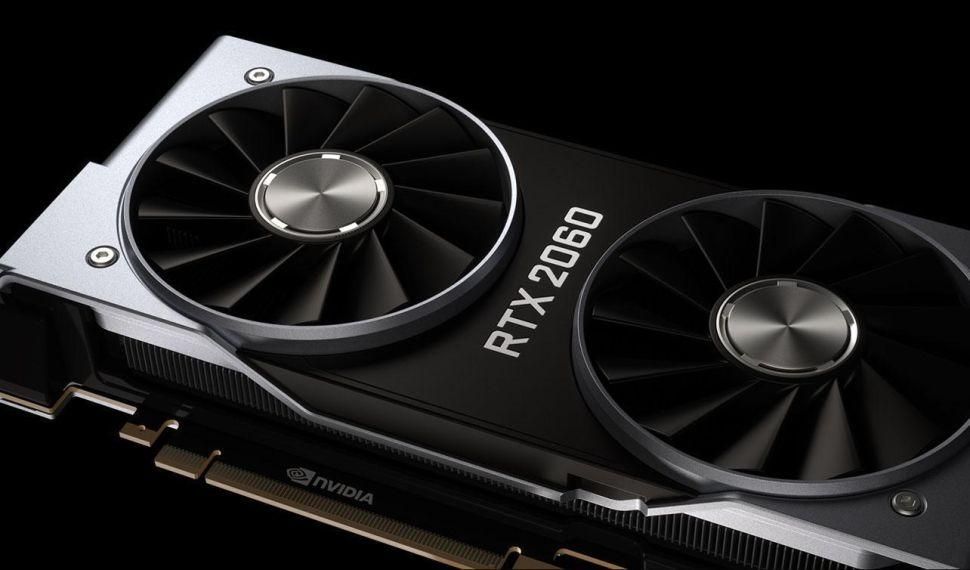
Rumor has it that the Nvidia GeForce RTX 3080 Ti may have a massive 627mm² die, adding weight to the rumors that Nvidia Ampere GeForce GPUs will be based on Samsung’s 8nm node, rather than the 7nm TSMC node that the pro-level Ampere chips are based on.
This latest rumor comes via Twitter tipster KatKorgi, and though this source is typically reliable, they’ve stated that they’re “not 100%”, so it’s worth taking the following speculation with a hefty pinch of salt.
627mm2July 8, 2020
As pointed out by Wccftech, though this 627mm² die size would make RTX 3000 series GPUs smaller than 2018’s RTX 2080 Ti, it would also make sense as it follows speculation that Nvidia has shifted its Ampere GPU lineup to Samsung’s 8nm node and “627mm² would be around the maximum limit of the reticle.”
Earlier rumors had claimed Nvidia’s Ampere gaming graphics card lineup, which is likely to be headed up by the GeForce RTX 3080 Ti or GeForce RTX 3090, would be based on TSMC’s 7nm process, much like the company’s enterprise-focused Ampere GPUs.
Still, if this latest rumor is true, it looks like Ampere GPUs will offer an impressive performance uplift over the Turing-based Nvidia GeForce RTX 2080 Ti, which has a larger 754mm² die size but was based on the 12nm process.
Previously leaked benchmarks of GeForce RTX 3000 series parts indicate that Nvidia is set to retain its performance leadership over AMD. An unknown GPU from Nvidia, believed to be the GeForce RTX 3080, scored an impressive 18,257 in 3D Mark Time Spy tests. That’s an impressive 30.98% leap over the RTX 2080 Ti, which is currently Nvidia’s most powerful mainstream gaming graphics card.
Nvidia’s decision to switch to Samsung’s 8nm process could also explain some of the more unusual rumors about Ampere’s excessive power draw. A recent GeForce RTX 3080 Ti leak suggested the GPU would have a TDP of 320W, for example, which could be due to the fact that Nvidia will have to increase power consumption due to the use of less-efficient parts.
The same leak revealed that the flagship Ampere GPU, which is expected to be shown off within the next couple of months,will feature 5376 CUDA cores running at up to 2.2GHz, an improvement over current Turing GPUs that top out at toughly 2.1GHz.
